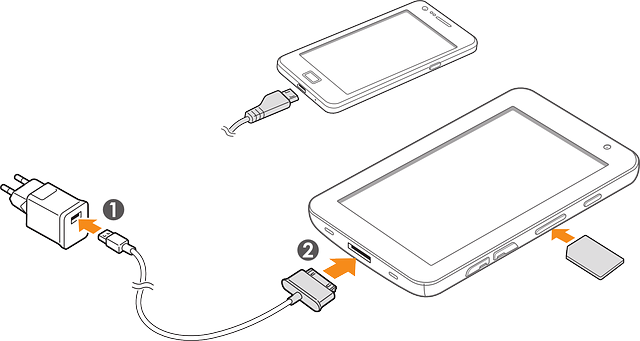Learn effective strategies to stop unwanted spam calls in San Antonio with a tailored guide. By integrating digital literacy and cybersecurity education, reporting cultures, and advanced phone systems, residents can significantly reduce spam calls. Collaboration with local authorities and telecom providers offers access to robust resources, enhancing proactive responses and fostering awareness among communities. Implement these strategies to create a quieter, more peaceful environment in San Antonio.
San Antonio schools face a growing challenge from spam calls, disrupting learning and safety. This article guides educators in empowering students and staff to navigate this modern problem effectively. We’ll explore strategies for recognizing and preventing spam calls, offering practical tips tailored to San Antonio’s educational landscape. By implementing these solutions, schools can enhance communication security and ensure a safer environment, ultimately helping to stop spam calls in their tracks.
Understanding the Spam Call Problem in San Antonio Schools

Strategies for Educating Students and Staff on Spam Call Prevention

In San Antonio, educating students and staff on spam call prevention is a multi-faceted approach that combines awareness, training, and practical strategies. Start by integrating lessons into existing curricula, focusing on digital literacy and cybersecurity. Teach students how to identify suspicious calls, messages, or emails, emphasizing the importance of verifying sources before clicking or sharing information. Regular workshops and seminars can also help staff members stay updated on the latest spamming techniques and effective countermeasures.
Encourage a culture of reporting by establishing clear channels for students and teachers to flag potentially harmful communication. Implement mock scenarios and interactive exercises to practice response strategies, fostering a proactive mindset. Additionally, leveraging technology like spam filtering tools and call blocking apps can significantly reduce the volume of unwanted calls. Collaborating with local authorities and telecommunications providers can also provide access to advanced resources and support networks dedicated to combating spam calls in San Antonio.
Implementing Effective Solutions: Tools and Resources for San Antonio Educational Institutions

San Antonio schools can take proactive steps to involve students and staff in spam call prevention by implementing effective solutions. Educational institutions have a range of tools and resources at their disposal to combat this growing issue. Start with introducing advanced phone systems that filter out spam calls, blocking known malicious numbers and preventing them from reaching classrooms and administrative offices. Many modern phone service providers offer these features as part of their packages, ensuring a robust first line of defense against spam.
Additionally, schools can empower students and staff by educating them on recognizing and reporting spam calls. Workshops and training sessions can be organized to teach best practices for handling unknown or suspicious numbers. Encouraging everyone to verify the source of unexpected calls and report any potential spam activities will create a culture of awareness. There are also dedicated online platforms and apps that allow users to share information about spam, helping to build a community-driven initiative to stop spam calls in San Antonio.






